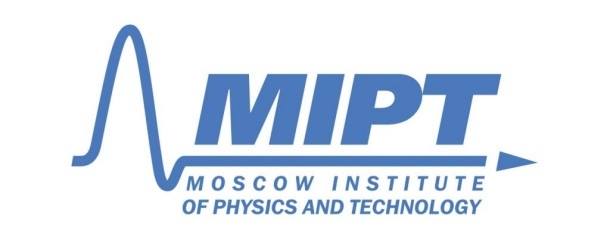Physicists at Moscow Institute of Physics & Technology Spin-Based Quantum Computing Breakthrough Achieve Tunable Spin Wave Excitation

(SciTechDaily) Physicists from MIPT and the Russian Quantum Center, joined by colleagues from Saratov State University and Michigan Technological University, have demonstrated new methods for controlling spin waves in nanostructured bismuth iron garnet films via short laser pulses. The solution has potential for applications in energy-efficient information transfer and spin-based quantum computing.
Unlike the previously available methods, the new approach enables controlling the generated wave by varying several parameters of the laser pulse that excites it. In addition to that, the geometry of the nanostructured film allows the excitation center to be localized in a spot about 10 nanometers in size. The nanopattern also makes it possible to generate multiple distinct types of spin waves. The angle of incidence, the wavelength and polarization of the laser pulses enable the resonant excitation of the waveguide modes of the sample, which are determined by the nanostructure characteristics, so the type of spin waves excited can be controlled. It is possible for each of the characteristics associated with optical excitation to be varied independently to produce the desired effect.
“Nanophotonics opens up new possibilities in the area of ultrafast magnetism,” said the study’s co-author, Alexander Chernov, who heads the Magnetic Heterostructures and Spintronics Lab at MIPT. “The creation of practical applications will depend on being able to go beyond the submicrometer scale, increasing operation speed and the capacity for multitasking. We have shown a way to overcome these limitations by nanostructuring a magnetic material. We have successfully localized light in a spot few tens of nanometers across and effectively excited standing spin waves of various orders. This type of spin waves enables the devices operating at high frequencies, up to the terahertz range.”



















